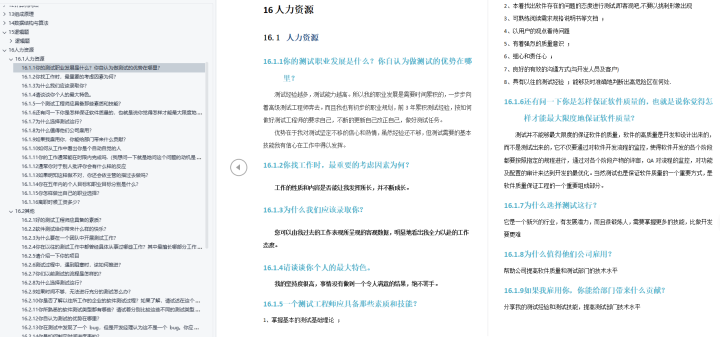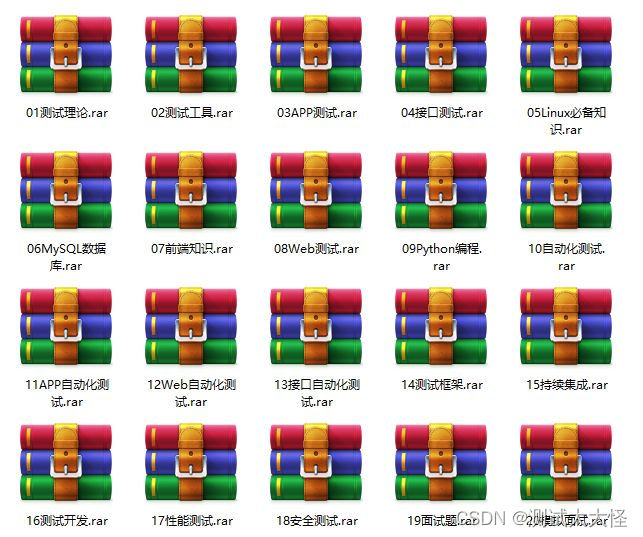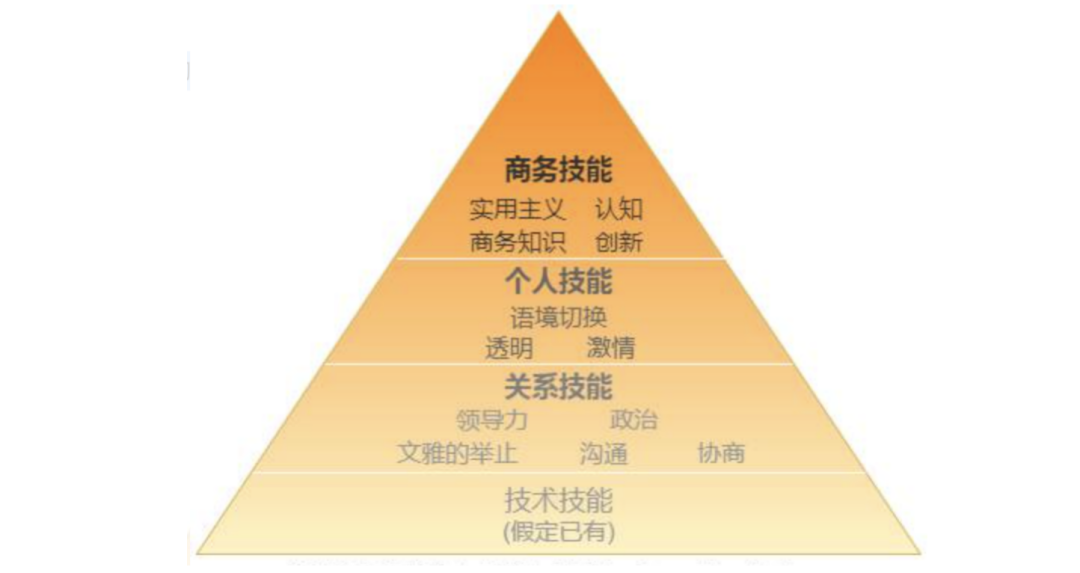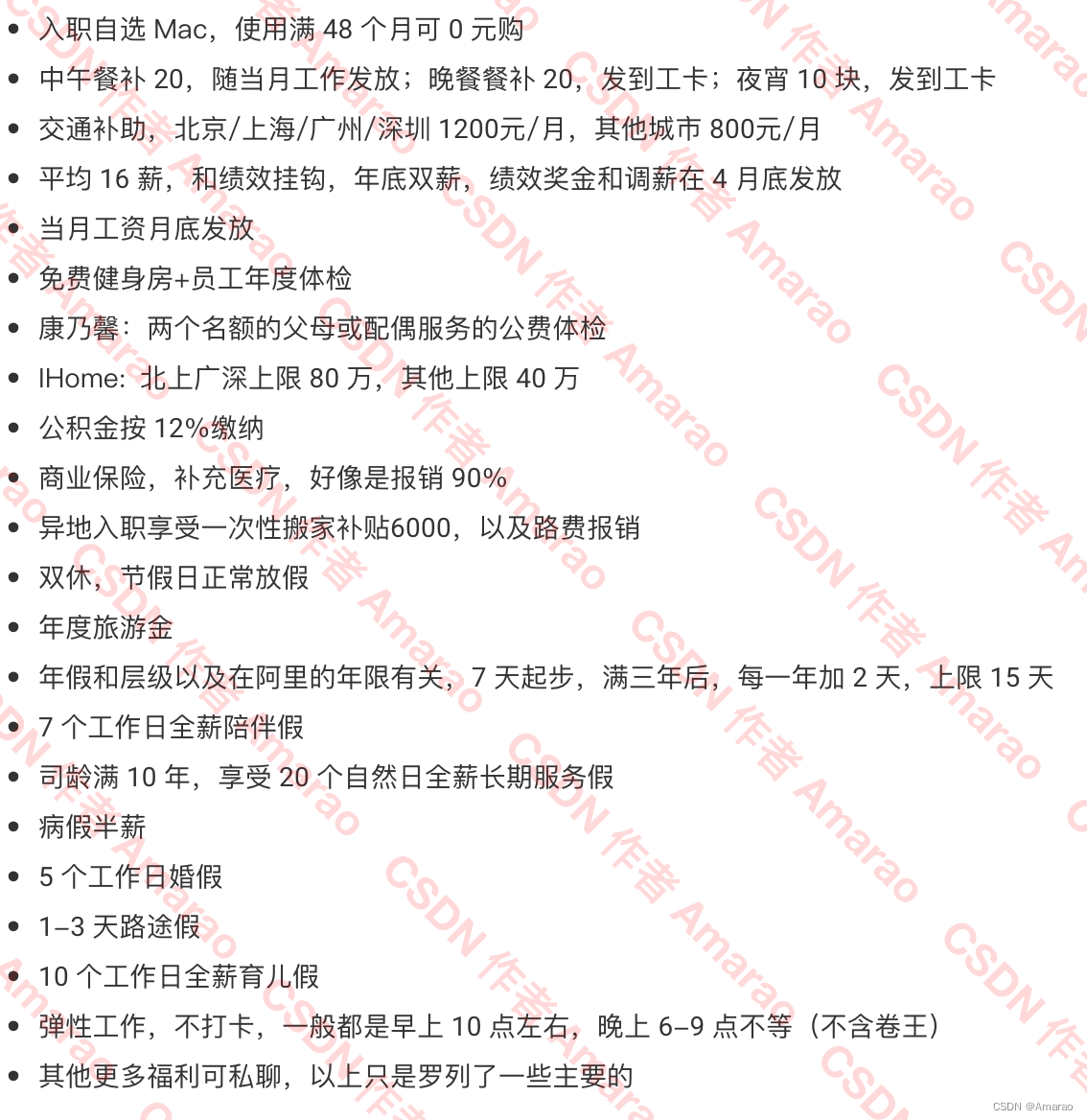题目:
思路:
在网上跟大家交流后,才知道自己漏看了题目,后来想了想,现将思路贴出来,供大家交流
目的:最多可以取出多少个能够组成嵌套集
如果存在一个子嵌套集,而新增加的一个二段模式与子嵌套集的某个二段模式冲突(不相互嵌套),它虽然不能加入该嵌套子集,
但是它却可以和该子集中不冲突的其他二段模式组成子集,所以很难处理。因此,从这个角度来思考,太过于复杂。
从上面的思路中我们可以得到一些有用的结论:针对存在的一个子嵌套集,新的二段模式的加入,可以生成新的子嵌套集,也就
是造成分支;进一步我们可以认为,一个二段模式最多可以生成一个分支,而且一个分支主要是因为某个二段模式与其他嵌套集
冲突造成的,也就是一个二段模式可以对应一个嵌套集;N个二段模式最多组成N个独立的嵌套集。
算法流程:
1、初始N个嵌套集,分别包含编号0~N-1二段模式
2、针对某个二段模式,遍历查看是否可以满足加入嵌套集的条件(两两相互嵌套,而且该二段模式之前不存在)
满足的话,将其加入
3、找出最大的嵌套集
#include <iostream>
#include <sstream>
#include <string>
#include <vector>
#include <deque>
#include <cassert>
#include <map>
#include <algorithm>using namespace std;class Interval
{
public:explicit Interval(size_t left, size_t right): mLeft(left),mRight(right){assert(left <= right);}size_t left() const{return mLeft;}size_t right() const{return mRight;}/添加Interval(){};Interval(const Interval &a);Interval &operator = (const Interval &a);private:size_t mLeft;size_t mRight;
};//
Interval::Interval(const Interval &a)
{this->mLeft = a.mLeft;this->mRight = a.mRight;
}
Interval &Interval::operator =(const Interval &a)
{this->mLeft = a.mLeft;this->mRight = a.mRight;return *this;
}
/inline bool operator<(const Interval& a, const Interval& b)
{return a.right() < b.left();
}class TwoInterval
{
public:explicit TwoInterval(const Interval& left, const Interval& right): mLeft(left),mRight(right){assert(left < right);}const Interval& left() const{return mLeft;}const Interval& right() const{return mRight;}/添加TwoInterval(){};TwoInterval(const TwoInterval &a);TwoInterval &operator = (const TwoInterval &a);private:Interval mLeft;Interval mRight;
};
//
TwoInterval::TwoInterval(const TwoInterval &a)
{this->mLeft = a.mLeft;this->mRight = a.mRight;
}
TwoInterval &TwoInterval::operator=(const TwoInterval &a)
{this->mLeft = a.mLeft;this->mRight = a.mRight;return *this;
}
/inline bool within(const TwoInterval& a, const TwoInterval& b)
{return b.left() < a.left() && a.right() < b.right();
}void input(vector<TwoInterval>& twos)
{int m = 0;{string s;getline(cin, s);istringstream is(s);is >> m;}for (int i = 0; i < m; ++i) {string s;getline(cin, s);istringstream is(s);size_t a, b, c, d;is >> a >> b >> c >> d;Interval left(a, b);Interval right(c, d);twos.emplace_back(left, right);}
}// ====== 填入你自己的逻辑 ========/********************************/
/*
目的:最多可以取出多少个能够组成嵌套集思路:如果存在一个子嵌套集,而新增加的一个二段模式与子嵌套集的某个二段模式冲突(不相互嵌套),它虽然不能加入该嵌套子集,
但是它却可以和该子集中不冲突的其他二段模式组成子集,所以很难处理。因此,从这个角度来思考,太过于复杂。从上面的思路中我们可以得到一些有用的结论:针对存在的一个子嵌套集,新的二段模式的加入,可以生成新的子嵌套集,也就
是造成分支;进一步我们可以认为,一个二段模式最多可以生成一个分支,而且一个分支主要是因为某个二段模式与其他嵌套集
冲突造成的,也就是一个二段模式可以对应一个嵌套集;N个二段模式最多组成N个独立的嵌套集。算法流程:
1、初始N个嵌套集,分别包含编号0~N-1二段模式
2、针对某个二段模式,遍历查看是否可以满足加入嵌套集的条件(两两相互嵌套,而且该二段模式之前不存在)满足的话,将其加入
3、找出最大的嵌套集*/
/********************************/inline bool operator==(const Interval& a, const Interval& b)
{return (a.right() == b.right()) && (a.left() == b.left());
}inline bool operator==(const TwoInterval& a, const TwoInterval& b)
{return (a.right() == b.right()) && (a.left() == b.left());
}bool confl(const TwoInterval& a, const TwoInterval& b)
{if (!(within(a, b) || within(b, a))) return true;if (a == b) return true;return false;
}bool add(vector<TwoInterval> &a, TwoInterval b)
{for (TwoInterval ti : a){if (confl(ti,b)){return false;}}a.push_back(b);return true;
}int intussusception(vector<TwoInterval>& two2)
{int len = two2.size();if (len < 2) return len;int max = 0;vector<vector<TwoInterval> > res(len);for (int i = 0; i < len; i++){res[i].push_back(two2[i]);}for (int i = 0; i < len; i++){for (int j = 0; j < len; j++){add(res[j], two2[i]);}}for (int i = 0; i < len; i++){if (res[i].size()>max){max = res[i].size();}}return max;
}// ====== 结束 ========int main() {vector<TwoInterval> twos;input(twos);cout << intussusception(twos) << endl;return 0;
}

















